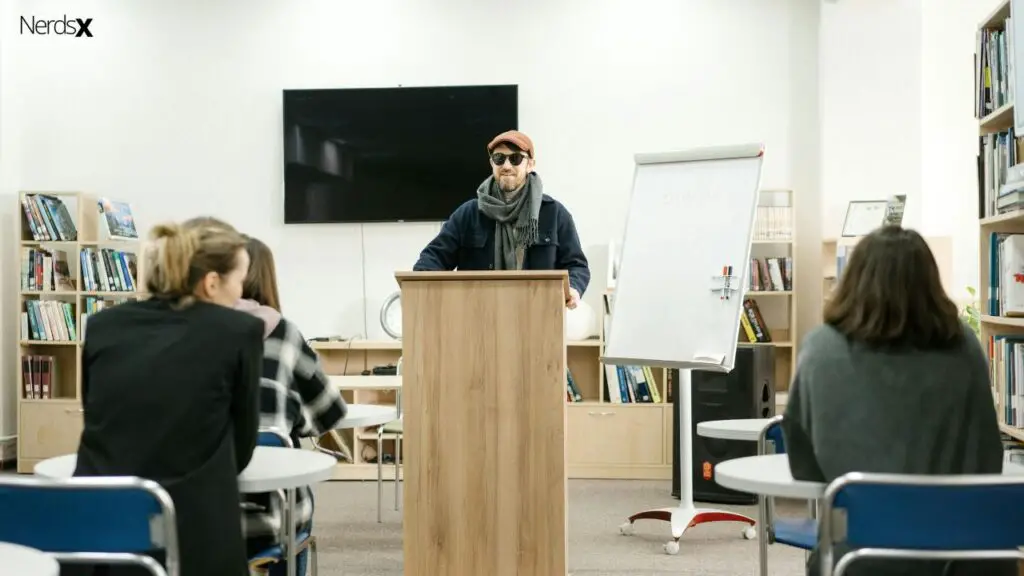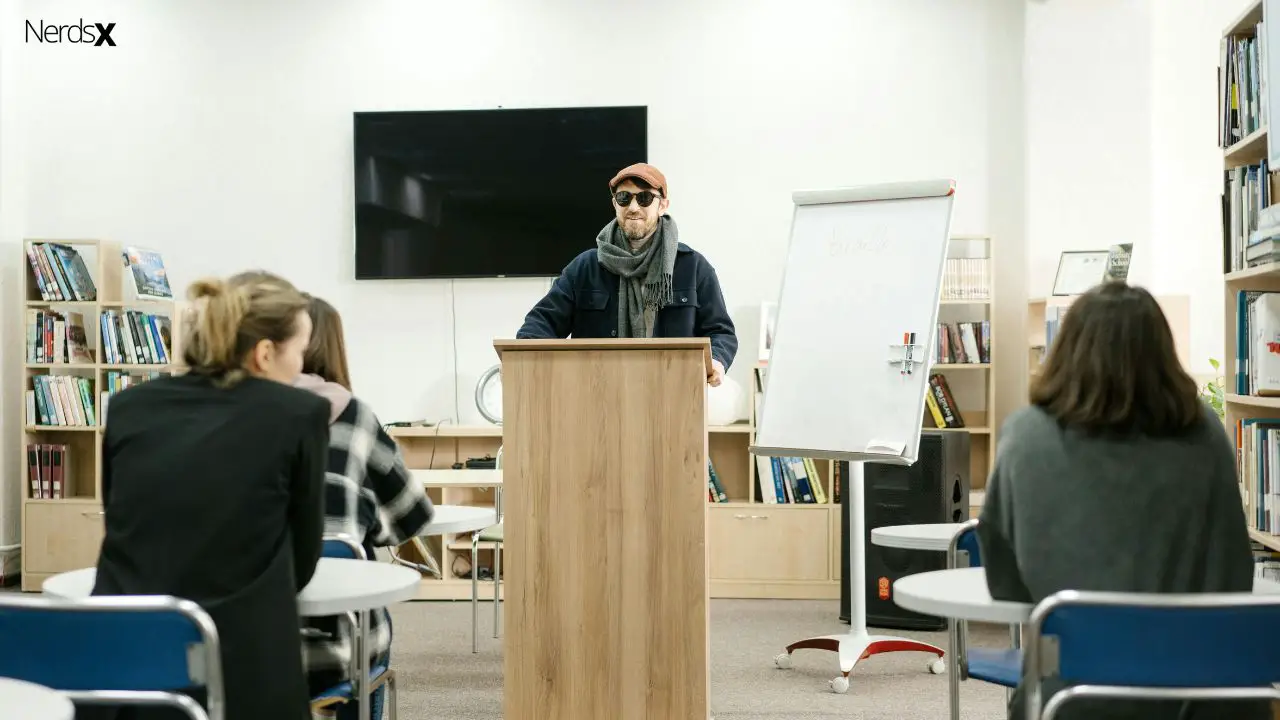The first thing that education equips a human with is knowledge gain. Education helps us gain knowledge, and gives us tools, and skills required to navigate in the world. Without education, your life would become a boat without an oar.
Education is one of the things that is considered very vital in one’s life; providing one with the ability to read, write, calculate, create, and communicate. However, not every country in the world adopts a similar approach in constructing a system for education, thus the difference between efficiency, social progress, and perspectives.
Today I am going to talk about a country whose impressive success in education is renowned, yet their approaches are quite simple. And, the country’s name in Finland. Most people may ascribe Finland’s success in education to rigorous control, fierce competition, standardized tests; however, Finland’s education policy does not focus on any of them.
Finland is the world’s most literate nation. They are ranked at the zenith, not because of the Finish people’s ability to read, but because of their literate behaviors, and supporting resources. Want to find out about their approaches? Keep reading; I am going to explore the aims, approaches of Finnish Education Policy, and explain why Finish schools are so successful.
10 Reasons Why Finland Has The Best Education System
1. Social System Is Rooted In Education
The society of Finnish welfare is propped up on education, culture and knowledge. Education and learning in Finland is hugely respected and admired in Finnish Culture. Finland emerged with robust national identity in the 19th century through massive investment in education. Education was ensured for all. When Finland achieved its inference, the education root provided the development.
2. Learning Through Playing
The Finnish people hold a belief that children can learn through playing. They believe learning while playing can unfetter imagination, and self-discovery. And, teachers also do not discourage playing. Finland focuses on the development of the person wholly especially during adolescent period. Children can be seen spending far more time playing outside even during Winter.
3. Qualified Teachers
To manage and tolerate children expressing themselves, you need top-notch teachers with compassion. Only 11% of applicants pursuing teaching profession are accepted. It just shows how strict the teacher filtering process that the system only picks out the motivated ones who could benefit students with their innovative ideas, and passion. Since the teaching vocation is held in high regard; talented students incline to pursue it. Also, teachers can teach to students about 20 hours per week; preventing them from being overworked.
4. Gentle Standardized Testing
Finnish school systems believe allotting most of the time for test preparation consumes free thinking, destroys potential, and limits inquiry. They have tolerating test system. And, based on classroom performance, they measure accountability.
5. Devotion To Each Other
Each layer within the education system is supported by each other. Each holds the other high. And, the trust that exists within them from mutual respect and understanding is what makes all the difference. The government has trust on the municipalities, the municipalities trust school governing bodies. And, this trust is orderly established among teachers, administrators, and students. Teachers hold the same position as doctors do in the US.
6. Fewer Academics
More Development – children in Finland start their academic journey at the age of seven. Since the education system favors Learning through Playing policy, children get opportunities to be children. They are not enrolled for formal education under 7, so they obtain enough time to mentally develop. This prepares children for focus, and learning. Plus, grading system does not come into effect until 4th grade. You are presented with three choices at the age of 16. You can enrol for Upper Secondary School lasting for 3 years, or pursue a three-year program for vocational education. Or, you could just enter the workforce. This easy, neat system allows students to train themselves, and explore vocations that they are fascinated with; nurturing their gifts.

7. No Competition Among Schools
Finland has no evaluation metrics to measure a school’s success since Finland equally reinforces every school to be good. Also, there is no need for school-choice tests/programs due to competition-free environment.
8. Personal Time For Every Student
Every 45 minutes, a Finnish student has the legal right to enjoy 15 minutes of spare time. During that period, a student has the opportunity to regroup, refocus, and recharge themselves. A long, steady series of study hours can lead to monotony, and cleft inattention. Students invest their classroom time in productive activities, going outside, which promotes their physical fitness.
9. Attention For Every Student
Finnish schools prioritize special needs education that it is not as stigmatized as many parts in the world. Students with learning difficulties are nurtured to the average level of their classmates. The teachers are equipped with tools and skills to give the students what they need to get to the next step. Teachers passionate cooperation makes the students consistent, and gives them the attention they need.
10. Less Homework
Finnish students are given the least amount of homework. They only expend half an hour of night on homework. They also complete most of what they learn in class while staying in class. That is why they typically do not hire outside tutors. There is no pressure on them to force them into doing more than what is necessary. The students who do not pay enough attention to the lesson start working on the task given to them.
The Wrap Up
The well-maintained connections between technical and general education, and Finland’s approach to introducing vocational opportunities to Upper Secondary Schools are important for understanding Finland’s success in education. Finland’s education model could be set as an example for many to follow.

